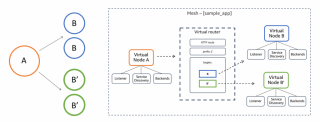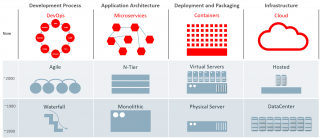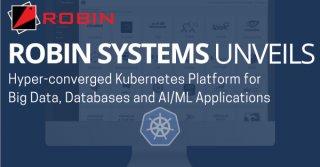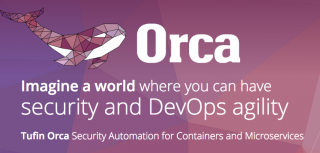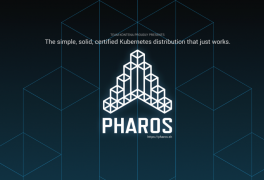Topic: microservices
ITOps Times Open-Source Project of the Week: Traefik
This week’s highlighted open-source project makes it easier for teams to deploy microservices. Traefik is an HTTP reverse proxy and load balancer. According to the team, in order to access microservices, users need a reverse proxy. Typically, reverse proxies need to be configured on a route-by-route basis, but doing this every time you make a … continue reading
premium Five considerations when moving toward cloud native
Building applications had rapidly become the easy part of development. Whether on the web or mobile, these applications need a place to live, and that place is constantly changing. From local servers in closets to colocation facilities to the cloud, we’ve seen rapid change over just the last few years. Now we have containers and … continue reading
AWS App Mesh for microservice traffic control and monitoring enters public preview
Amazon Web Services launched the public preview release of AWS App Mesh today. According to AWS, the app news utilizes a new architectural pattern to more efficiently monitor and control traffic between microservices. The goal of the release is to provide a better way to pinpoint the source of issues like “high latencies, error rates, … continue reading
Oracle revealed the Oracle Linux Cloud Native Environment
Oracle is giving users an easier way to develop microservices-based applications. The company announced the Oracle Linux Cloud Native Environment at Oracle Open World in San Francisco this week. According to Oracle, enterprises that are trying to decompose their apps into microservices are having a hard time finding the right technologies to help speed up … continue reading
DevOps World | Jenkins World: The building blocks of cloud-native application development
Cloud-native applications are on the rise. In fact, the Cloud Native Computing Foundation recently released a report that found the use of cloud-native technologies in production increased more than 200 percent in the last couple of months. However, Justin Graham, senior manager of market strategy and ecosystem development for AWS, finds that the more a … continue reading
Why APM has a Big Data problem
Application performance management (APM) didn’t used to have a Big Data problem. Three-tiered application architecture with regular, infrequent updates generated predictable and manageable amounts of data for analysis and dependency mapping. Modern architectures, however, present a Big Data problem. Their virtual machines, containers, microservices, hybrid clouds, and software-defined networks are constantly changing and can … continue reading
Robin Systems brings Kubernetes to Big Data, database and AI/ML apps
Robin Systems wants to extend Kubernetes to data-heavy apps with the release of its hyper-converged Kubernetes platform ROBIN. The new platform is designed to bring the benefits of Kubernetes to Big Data, databases, and artificial intelligence/machine learning solutions. “Kubernetes is the de-facto standard for container orchestration for microservices and applications. However, enterprise adoption of big … continue reading
Istio open-source service mesh launches
Istio, an open-source project formed last year by Google, IBM and the ride-sharing service Lyft to create a consistent way to connect, manage, secure and monitor Kubernetes-based clusters of microservices, is now ready for production. The creators of the spec today announced the official release of Istio 1.0, which defines a common way to manage … continue reading
Containing app vulnerabilities
The allure of modern software architectures based on containers and microservices are their potential to enable business transformation efforts, but like any new technology, security is a key barrier to widespread implementation. However, new tools and evolving software frameworks promise to tackle that key hurdle. Shifting from current monolithic software to containerization is compelling because … continue reading
Tufin announces security automation for containers and microservices
Tufin, the market-leading provider of Network Security Policy Orchestration solutions, today announced its latest product offering, Tufin Orca, a cloud-based solution that enables users to extend Tufin’s policy-based approach to secure containers and microservices. Tufin Orca is available through an early access program that is now open. The solution integrates with DevOps teams’ CI/CD tools to scan for … continue reading
Kontena introduces certified Kubernetes distribution
Containers and microservices platform provider Kontena has announced a new certified Kubernetes distribution called Pharos. Pharos was designed to help “leapfrog” Kubernetes to a production ready technology. According to the company, Kubernetes has quickly become the de facto standard for container orchestration, but it still has its issues. “We feel we nailed down the developer … continue reading
4 levels of cloud maturity
Cloud adoption is atop every CIO’s priority list, and for good reason. Technology stacks are advancing at lightning speeds. Application architectures of the past decade are aging fast and being replaced with modern, public and private cloud-based ones. But while cloud adoption is inevitable, the vast majority of organizations are still searching for an effective application … continue reading



